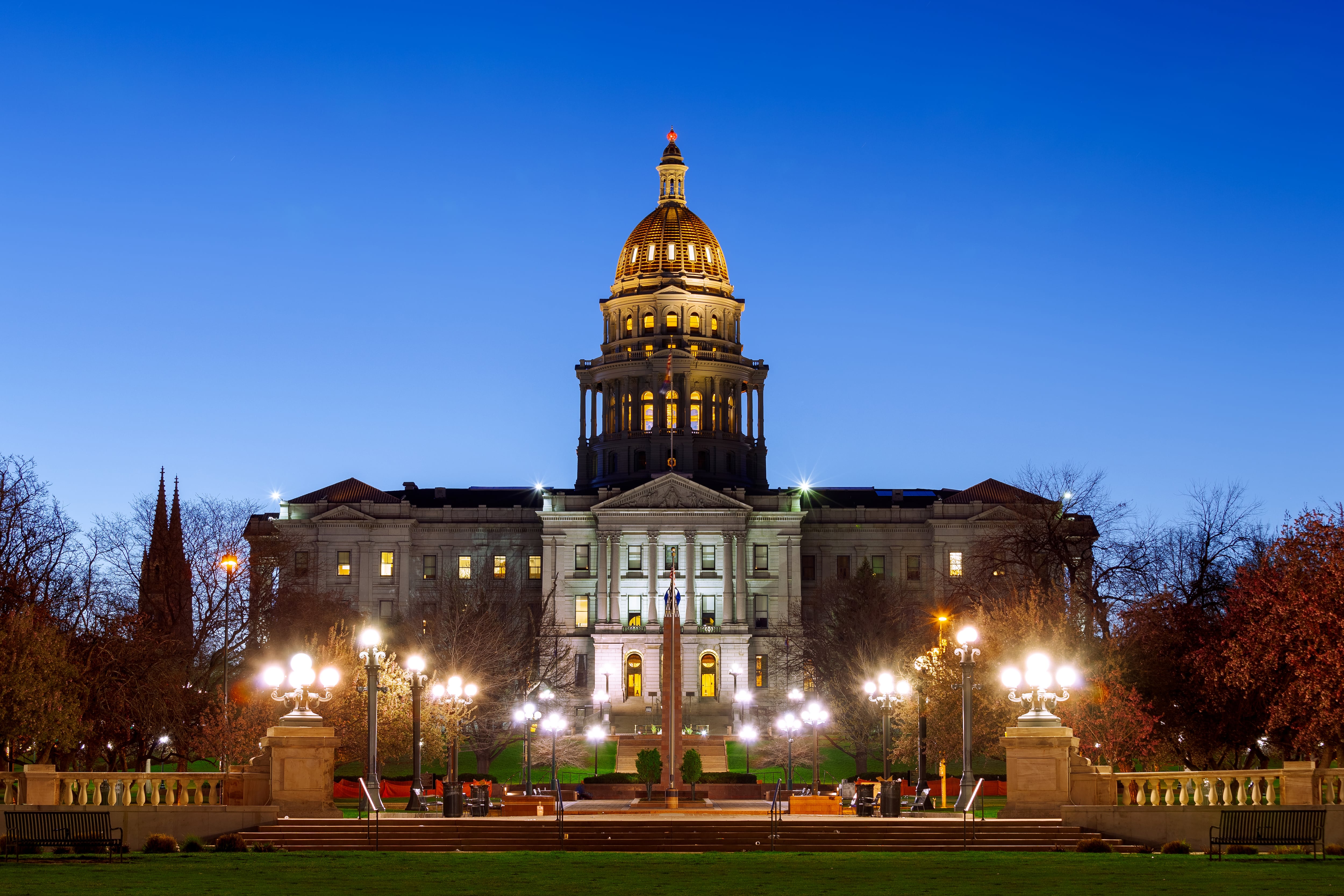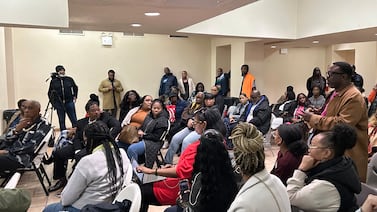A proposed rewrite to Colorado’s school funding formula cleared a major hurdle on Tuesday when House members approved the measure on an initial voice vote, bringing the rewrite another step closer to replacing a 30-year-old system.
The vote to approve the measure means the rewrite will likely clear its final House vote, during which only minor changes are allowed. The bill will then be sent to the Senate.
The bill calls for $500 million in new funding to districts phased in over a six-year period, or about $83 million a year, starting in the 2024-25 school year.
Sponsors say it would dole out more state funding to districts serving higher numbers of students with disabilities, students from low-income families, or students who are learning English as a second language. The current school funding formula gives more funding to districts with higher costs of living, a factor that would still be considered in the new formula but would be diminished.
The bill’s initial approval on the House floor underscores the work by its sponsors, led by Speaker Julie McCluskie, a Dillon Democrat, to find compromise with opposition on issues. The most significant concerns have come from larger districts and the state’s largest teachers union, with both groups sharing concerns that some districts would get more funding and others would get less, as well as doubts about the financial sustainability of propping up the changes.
McCluskie said during a Tuesday news conference that she’s tried to meet district leaders’ concerns and work with the union.
The most significant changes to the original bill would allow for triggers that pause phasing in the formula, and the money it would require, if certain factors happen, such as a reduction in projected state revenue. McCluskie has said the increase in state funding for schools would come out of education savings or recurring general fund revenue.
Others include a task force to study how local property tax referendums affect school funding, and the removal of two studies that sparked concern among union leaders.
She said sponsors understand this is a big change but will drive funding to students who need it the most.
“The bill currently encompasses a dramatic reimagining of our school finance formula that is much more student-centered and drives funding to the kids who need additional resources, supports, interventions, and smaller class sizes,” McCluskie said.
Rural and small districts would benefit the most
The bill changes how the state funds schools by first sending more money to districts based on the student characteristics.
The formula would then factor whether districts are smaller or rural districts, as well as a districts’ cost of living expenses. Under the formula, rural districts would benefit the most, while larger, wealthier districts would get less additional money over time. The bill ensures no district loses money through a provision that holds district funding at next year’s levels.
A consensus of district leaders say the existing formula, adopted in 1994, is inadequate for the needs of Colorado’s education. But widespread agreement on a formula rewrite has been difficult, and even getting a bill introduced this year has been a decade-long process. This rewrite has brought together many districts in support.
The bill would especially send millions more to rural and small districts that face higher costs for goods and services and more difficulties recruiting teachers. Those schools have historically not benefited as much from state funding under the current formula. Small and rural districts also have more trouble raising local property tax revenue to support education.
Districts such as Denver, Greeley, Mapleton, and Lewis-Palmer support the bill because they say the formula would place student needs at the front of the funding model.
“This is a substantial investment in education in all the places that we know is most needed,” said Chuck Carpenter, Denver Public Schools chief of finance during a recent bill hearing. Carpenter served on a 17-member committee that helped provide recommendations for the rewrite and has guided how lawmakers crafted the legislation.
Amendments try to address concerns
Several larger districts, such as Boulder, Adams 12, Littleton, Cherry Creek, and Jefferson, have voiced opposition to the rewrite, although McCluskie and sponsors have offered numerous amendments that they hope ease concerns.
While no districts will lose money, some leaders such as Erin Kane, Douglas County School District superintendent, have said that their district would get less overall funding in the future. Kane worries the funding formula would make it harder for her district to recruit teachers and would mean less funding for students in her district who need more help.
Some districts instead asked lawmakers to increase the base amount of funding all districts get per pupil, instead of rewriting the formula to increase funding for students with higher needs. Bacon and sponsors said changing the formula addresses how to distribute money in a fairer manner, although she acknowledged that state funding is still not adequate.
Adams 12 officials also said the funding formula doesn’t address problems with local tax measures that can create further inequities among districts. Mill levy overrides, which are voter-approved tax measures for education, can raise widely different amounts depending on the property wealth of an area. Some districts with a greater number of residents with lower income also have a tougher time asking voters for property tax increases.
Teachers unions have expressed concerns about the sustainability of spending $500 million more over the next six years. The Colorado Education Association, which represents over 40,000 teachers statewide, opposes the bill and has called for lawmakers to ask voters statewide to approve dedicated funding to schools to grow how much the state spends each year on education.
McCluskie also introduced an amendment that would allow wealthier districts affected by cost of living formula changes to go to voters so they can raise more funding. Another change would create a working group to study the mill levy override system and state matching grants and recommend changes.
And a Tuesday amendment introduced by lawmakers that would have stripped out funding for charter school facilities failed.
Sponsors have removed two studies from the bill that union officials said mirror model legislative language from the American Legislative Exchange Council, a conservative group that supports vouchers and shares legislative drafts with state lawmakers.
Teachers union officials said the studies would open the door to funding private schools with public dollars, although bill sponsors said that wasn’t the intent. And Democrats have opposed school voucher legislation over the years.
Jason Gonzales is a reporter covering higher education and the Colorado legislature. Chalkbeat Colorado partners with Open Campus on higher education coverage. Contact Jason at jgonzales@chalkbeat.org.






